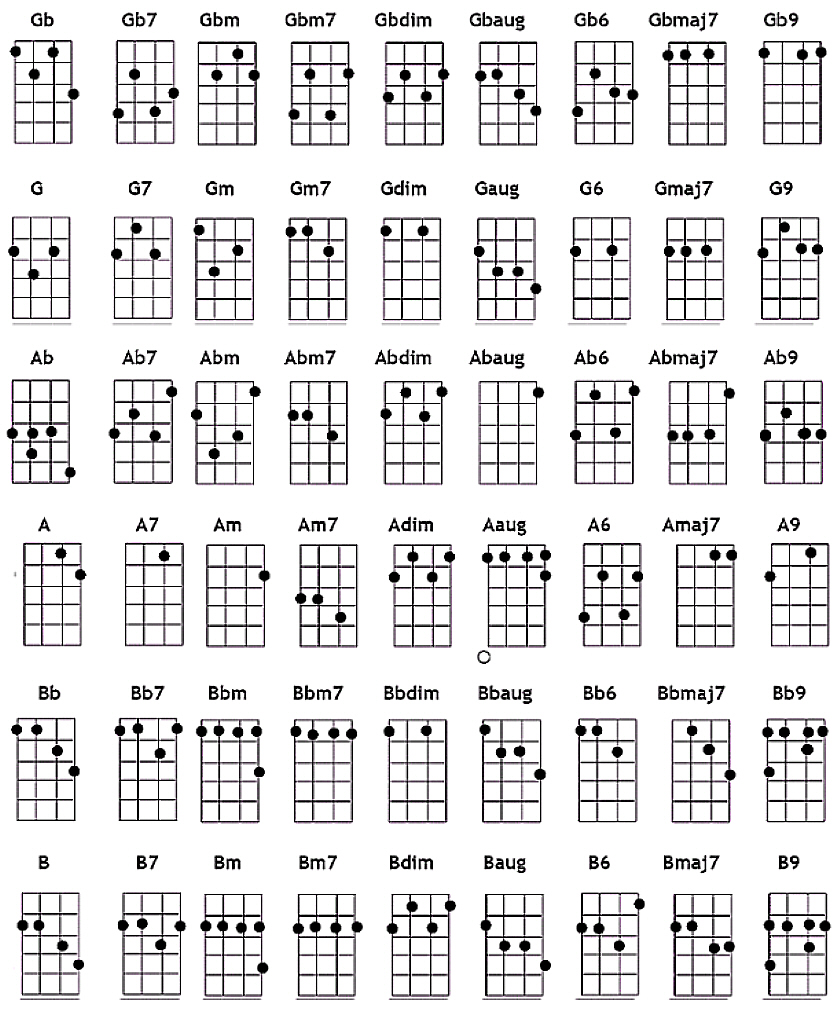

You can learn to play ukulele… even if you’ve never played an instrument in your life.
#You and i ukelele tabs free
Get started on the right note and get the free 45-page ukulele lesson book Your First Ukulele Lesson and then Some where you learn your first songs on the ukulele with small easy steps.
#You and i ukelele tabs how to
Similarly if you have any related questions then either drop me an email or add a comment below.The fastest and easiest way to learn how to play ukulele is with the right steps. This is a section that I’d really like to build upon and develop. If you read through this and found it useful, please let me know. I’ll be dedicating a whole post to reading timing in the not too distant future but it’s worth noting that there are an awful lot of instances of tab out there that actually don’t include any reference to timing at all. You might be thinking that I haven’t included anything to do with timing in the post and you’d be right. The G, C and E do not need to be fretted (the zero is telling you this) and the A string needs fretting at the third fret.įor now that should get you up and running with how to read ukulele tab but there are more things to know. In the example above you need to play all the strings. The fact that the numbers are lined up means that you play them all together. Let’s take a look at everyone’s favourite chord, the open C chord… The next thing we need to look at is how chords are represented in ukulele tab. We’ve looked at some individual notes and we know which line of tab relates to which string. This is often referred to as an open string. What about a zero I hear you cry. What do I play when the tab has a zero on it? You simply play the relevant string without fretting at all. To play through the example above you would need to play the A string at the first fret, then at the second, the third and finally the fourth. Generally, tab does not indicate which finger you should use to play a note – that’s for you to decide. It’s important to note that they do not relate to your fingers at all. The numbers actually relate to the frets on your ukulele. Here’s an example of some tab with numbers on it… So now that we know which string each line of tab relates to, the next thing we need to work out is what the numbers mean. There you go, whether you’re playing with re-entrant tuning or a low G, the relationship between the tab and the strings stays the same. The line that appears at the bottom of the tab represents, you’ve guessed it – the string (g string) that is closest to ceiling (or sky if you’re playing outdoors) as you hold you ukulele.įrom there on in, you should be able to easily work out which strings the remaining 2 lines relate to on ukulele tab.

This may seem a little counter-intuitive (the top line being the bottom string) to begin with but you’ll soon get used to it. The line that appears at the top of the tab represents the string (a string) that is closest to the floor as you hold your ukulele (like you’re playing it).

Here’s some blank ukulele tab (we’re taking this nice and slow). You’re already well on the way to learning how to read ukulele tab. If you didn’t already know that, I’d imagine that this is a bit of a lightbulb moment for you. Those 4 horizontal lines relate to the strings on your ukulele. Ukulele tab comprises of numbers and lines. It’s all very logical when you see it for what it is. It’s actually very simple to understand though and quite easy to get up to speed with quickly. It can be a little daunting when you first experience a piece of music written down in tab form. Following a few requests I’ve finally decided to put together this guide to show you how to read ukulele tab.


 0 kommentar(er)
0 kommentar(er)
